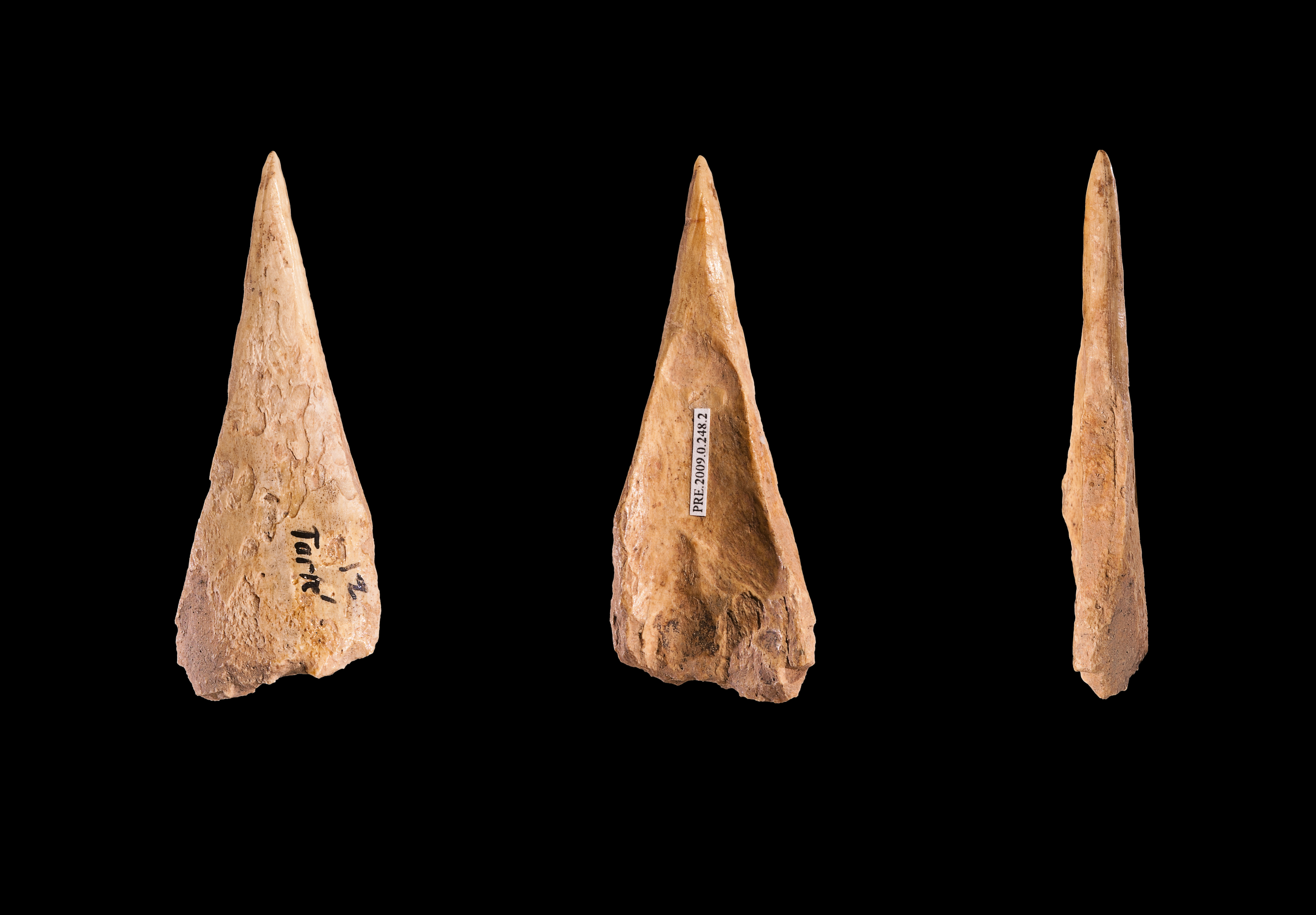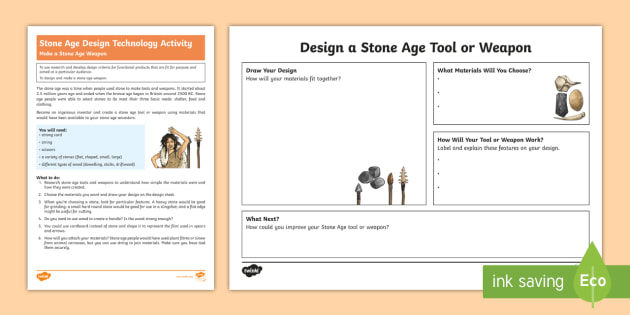Hunter-gatherer societies, which have existed for hundreds of thousands of years, have relied on a variety of tools and weapons to obtain food, defend themselves, and perform other tasks. These tools and weapons were often made from materials that were readily available in the local environment, such as stone, wood, bone, and plant fibers.
One important tool for hunter-gatherers was the spear. Spears were used for hunting and fishing, as well as for self-defense. They could be made from a variety of materials, such as wood, bone, or stone, and were often tipped with sharp points or blades.
Another important tool for hunter-gatherers was the bow and arrow. These allowed hunters to kill animals from a distance, increasing their chances of success and minimizing the risk of injury. Bows and arrows could be made from wood, bone, or other materials, and were often adorned with decorative elements such as feathers or beads.
In addition to hunting and defense, hunter-gatherers also needed tools for gathering and processing food. These might include knives, scrapers, and grinding stones. Knives, which could be made from stone, bone, or wood, were used for cutting and carving, while scrapers were used to remove the hide and hair from animal carcasses. Grinding stones, which were used to crush and grind grains and nuts, were often made from harder stones such as quartz or granite.
Other tools that were important for hunter-gatherers included containers for carrying and storing food and water, as well as tools for making clothing and shelter. Containers could be made from materials such as animal hides or plant fibers, while clothing and shelter were often made from animal skins or plant materials.
In summary, hunter-gatherer societies have relied on a wide range of tools and weapons throughout history. These tools and weapons were essential for hunting, gathering, and processing food, as well as for defense and other tasks. They were often made from locally available materials and could be adapted to fit the specific needs and environment of each society.






